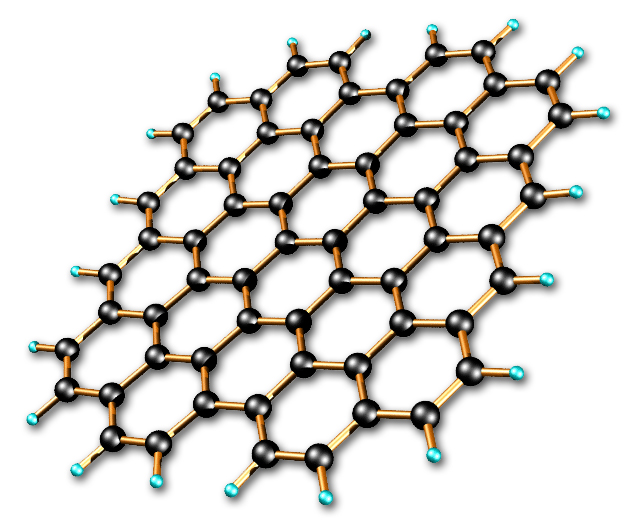The race for Graphene has begun.

The British government is investing $40 million in it. The European Union has pledged one billion euros over ten years to research it, calling it the "wonder material" of the 21st century. The "it" in question is graphene, a nanotechnology that uses carbon atoms to create immensely strong structures:
Unlike its carbon cousin graphite, which is dull as pencil lead, or diamonds, which are pretty but of limited uses, graphene has become the sexiest thing in materials science since it was first isolated in 2004. A sheet of carbon atoms arranged in a honeycomb pattern a single atom thick, graphene is stronger than steel, lighter than aluminum, more flexible than rubber and a better conductor than copper. It is also an excellent semiconductor; electrons can travel through it faster and with fewer collisions than they do in silicon. Excitable EU officials talk of a European â??Graphene Valleyâ? to compete with the better-known Bay Area basin.Potentialâ??thereâ??s that word againâ??applications include use in computer chips, light sensors, wearable electronics, batteries, healthcare, LEDs, ceramics, airplanes, sportsgear and everything else besides.
Physicists believe that graphene is a technology capable of making the space elevator a real possibility. Clearly, any nation that constructs a space elevator is going to have tremendous geopolitical (and geospatial!) advantage, so it's no surprise that Europe is making this investment. They're not alone. China actually holds the most graphene-related patents. The race is on.
(Image: Quirky Science)



